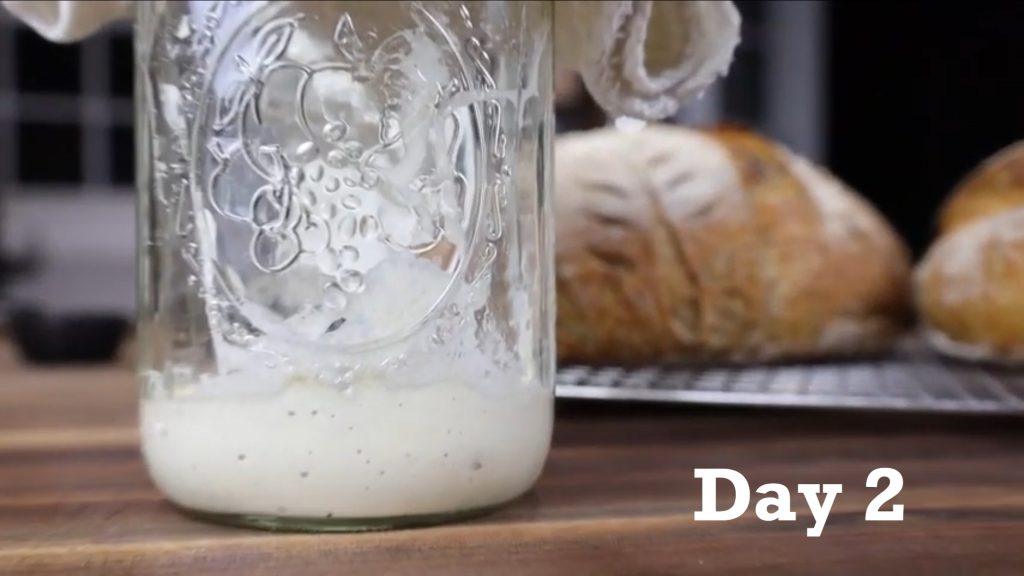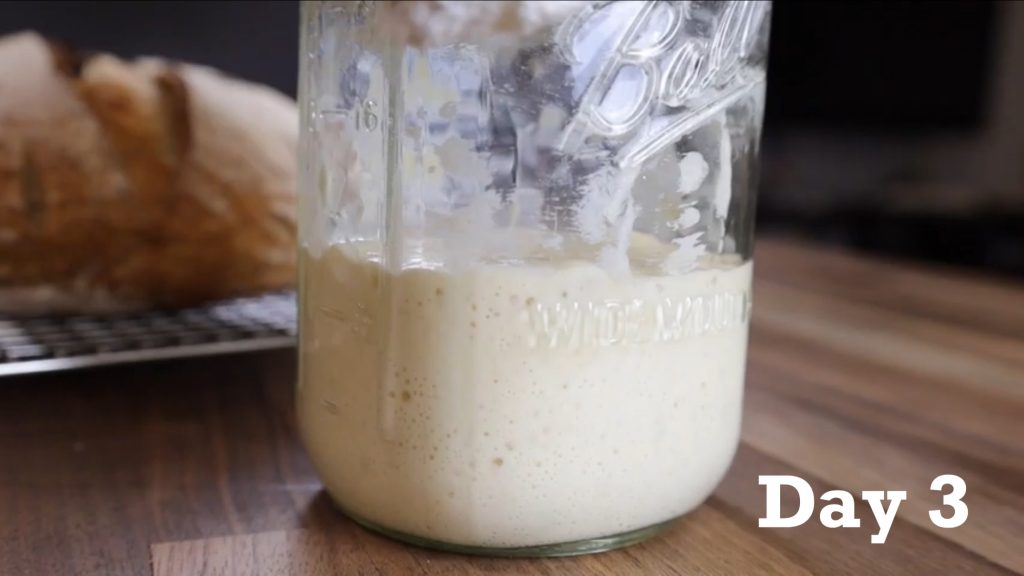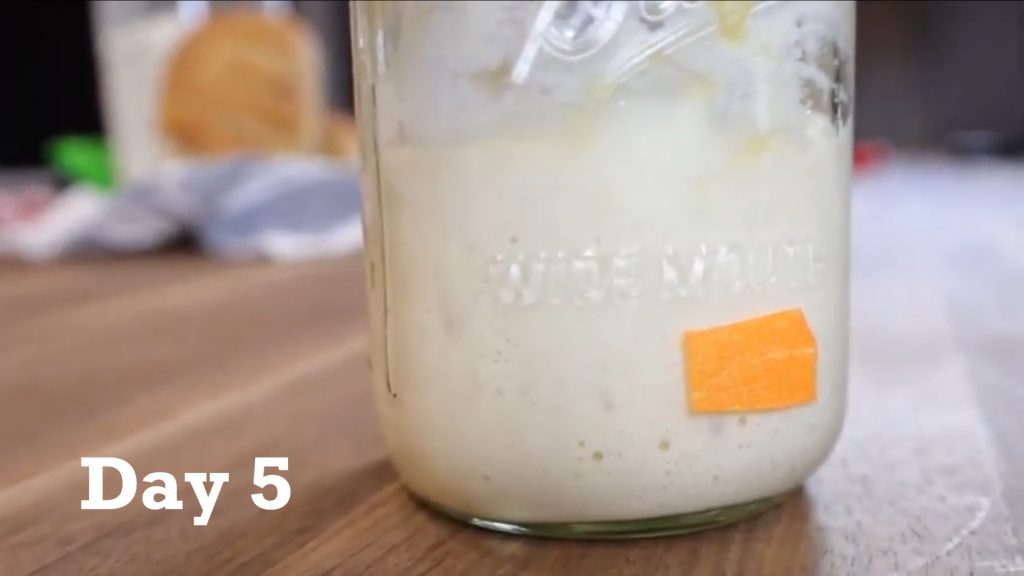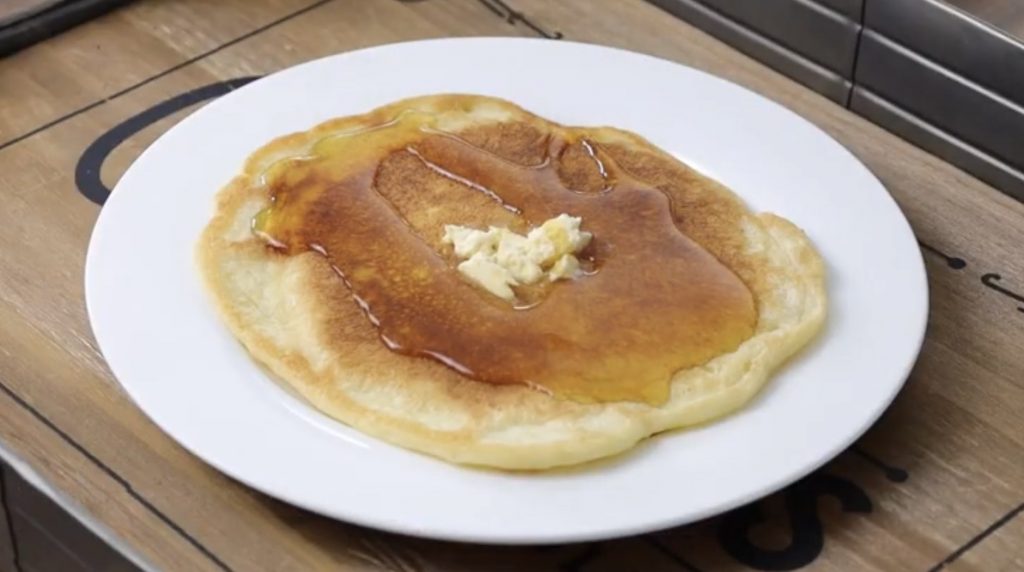- Get link
- X
- Other Apps
HOW TO MAKE A SOURDOUGH STARTER FROM SCRATCH
I’m so excited that you want to start your own sourdough journey! Below I have detailed instructions on how to start your own sourdough starter. I’ve broken it down by days, and made it as simple as possible.

This is a 7 day process. You CAN do this!
Let’s get started!
WHAT YOU NEED TO GET STARTED:
½ cup unbleached wheat flour (do not use enriched, and I always recommend organic)
¼ cup filtered water
Glass mason jar
Additional ½ cup flour and ¼ cup water per day for maintaining your starter
DAY 1:
Note: I started my starter in the evening, but any part of the day is fine, just pay attention to the hours.
Add ½ cup flour and ¼ cup water to your jar. Mix thoroughly with wooden spoon or rubber spatula to scrap down sides of the jar. (Avoid using metal utensils because it can react with the natural yeast and bacteria you are trying to grow) You may need to add 1T more water so the flour is completely mixed together. Cover jar with tea towel and rubber band. Leave jar on counter for 24 hours at room temperature.
*TIP: keep in a place within your home that stays warm. Ideally between 68-75 degrees. Sourdough thrives in a warm environment!
DAY 2:

Today we are going to discard (completely throw away) ½ of the mixture. Sounds wasteful, but we need to give our mixture a fresh start. So throw it away and don’t think of it again. Next we are going to do what we did yesterday. Add ½ cup flour and ¼ cup water to your jar. (You shouldn’t need to add more water, but if you do, add 1 tsp at a time) Mix thoroughly and cover with towel and rubber band. Today I’d like you to mark the top of your mixture on the jar. Mark with either a rubber band around your jar, or a colored piece of tape. We’ll check your jar for any potential bubbles and growth tomorrow. Again, Rest on the counter in warm area for another 24 hours.
DAY 3:

Do you see any bubbles? Has your starter climbed up the jar and grown at all? If not, no worries. You may see this tomorrow. Today we are going to discard half of the mixture again. Add ½ cup flour and ¼ cup water to your jar. Mix well. Cover with towel, mark your jar at the top of where your mixture starts. Rest in warm area for another 24 hours.
DAY 4:

Hopefully you see some happy little bubbles and growth today. Discard half of your starter, and add ½ cup flour and ¼ cup water. Mix well. Cover, mark your jar, and rest for 12 hours. (NOTE: Now we are going to start feeding every 12 hours!)
DAY 5:

**if you don’t see any bubbles or growth, you can try to leave your starter alone for an additional 24 hours. If you see growth, start at day 5. If you see no growth, sadly you may need to completely start over**
Feeding 1: Discard half of your starter and add ½ cup flour and ¼ cup water. Mix well. Cover. Mark your jar. Rest for 12 hours.
Feeding 2: Discard half your starter. Add ½ flour and ¼ cup water. Mix well. Cover. Mark your jar. Rest for 12 hours.
*TIP: if your starter has grown, you have enough activity to use the discard in a single pancake recipe. Below I have this quick recipe for a single pancake that will make you one delicious snack today! This way you won’t feel so wasteful with that discard, and your belly will thank you 🙂
DAY 6:
Feeding 1: You may be smelling a delicious, sour, yeasty scented starter now. And hopefully you are seeing a lot of bubbles and growth happening! Get excited, you’re getting so close! This is your last day to discard half of your mixture (yay!). Add ½ cup flour and ¼ cup water. Cover. Mark your jar. Rest for 12 hours. (go ahead and make another delicious pancake with your discard)
Feeding 2: Discard half your starter for the final time! Add ½ cup flour, ¼ cup water. Mix well. Cover. Mark your jar. Rest for 12 hours.
DAY 7:
Congratulations! You have made it to mature starter status! Seriously, I hope you’re celebrating, because you have an exciting future of delicious baking ahead of you!! Give your starter another feeding. No need to discard. You’re ready to bake!
SOURDOUGH DISCARD PANCAKE:

- sourdough discard
- 1 egg
- 1 T melted coconut oil or butter
- dash vanilla
- pinch of baking soda
Mix well. Cook in coconut oil on preheated skillet or griddle. Enjoy!
TIP’S:
• When using your starter in a recipe, make sure you don’t use all of your starter up. Remember to keep some starter in the bottom of your jar to feed again and maintain. If you use it all up in a recipe, you obviously won’t have any left to keep using, and you would have to start all over. Let’s not make that mistake, ok??!! You have been warned!!
•Moving forward, you may feed your starter the same way you have been. But I highly recommend purchasing a kitchen scale. Sourdough thrives with precision from here on out. And most recipes call for measurements in grams. I feed my starter equal parts flour and water (for the record, that’s 100% hydration) a typical feeding for my starter is 50 grams flour, 50 grams water. Below I linked two scales that I highly recommend. I have both scales, and both perform the same.
•I also recommend moving your starter into a half gallon mason jar, or a larger bowl. This allows your starter to grow without having to worry about overflow from your jar. And when a recipe calls for a whole cup of active starter, a half gallon jar is plenty to build up and still leave some starter in the bottom to maintain.
•When recipes say “active starter” this means that your starter has been fed at least 3 feedings, and is active and bubbly enough to bake with.
•When recipes say “unfed” starter, this is starter that has not been recently fed, or just pulled from the fridge. You can not bake bread with unfed starter. Your starter needs to be active.
YOU HAVE YOUR OWN STARTER, NOW WHAT?
Option 1: Keep your starter in the fridge until you’re ready to bake. But DO NOT put your starter in the fridge right after you feed it. Give it time to ferment and break down the flour for a few hours before adding to the fridge. The fridge puts your starter on “hold”. You may remove your starter a few days prior to when you want to bake. You will feed equal parts flour and water every 12 hours. I recommend at least 3 feedings before attempting to bake with your starter. This ensures an active starter that will be strong enough to rise your bread. Promise me that you will not put your starter in the fridge, and leave it there so long it gets shuffled to the back and it feels like a chore to take it back out and start again. Remember it takes a minute or two to feed morning and evening, it’s so SIMPLE! So promise yourself you will not let this happen!
Option 2: Keep your starter on the counter and feed it every 12 hours. This option allows you to bake on demand and when you need. However, since you will continue to feed it twice a day, you will have a lot of active starter that you need to use. It can add up quickly. This is the option I use because I bake with my starter almost daily. I have converted all my conventional yeast recipes into sourdough, so it’s not hard to use my starter daily. I maintain feedings with 50 grams flour, 50 grams water. I pay attention to what recipe I want to make next. If it requires a full cup of starter, I may feed my starter 100 grams flour and 100 grams water. That way I have some starter still left over.
I hope this gives you a detailed overview of moving forward. I’m here to help and answer any questions you have.
If you begin your journey, I would love to hear and cheer you on!
Stay tuned because I have many many delicious sourdough recipes coming that your whole family will love.

Comments
Post a Comment